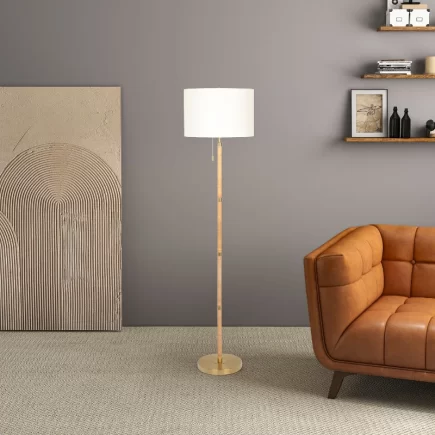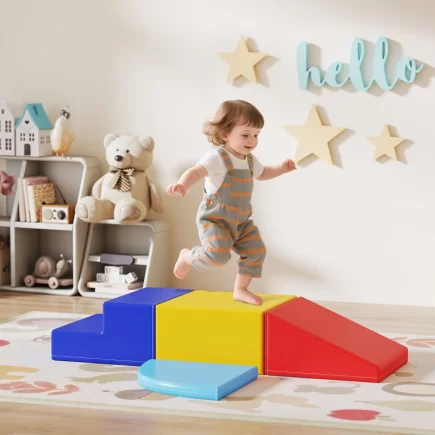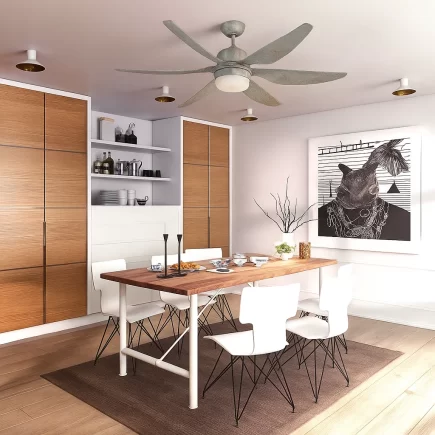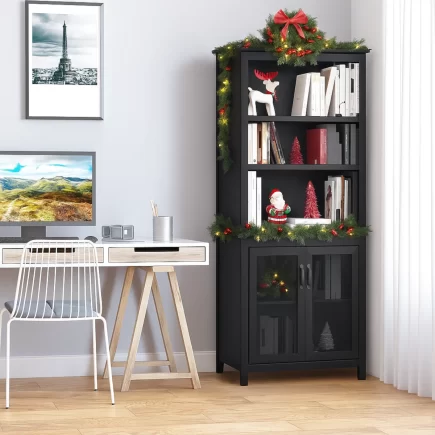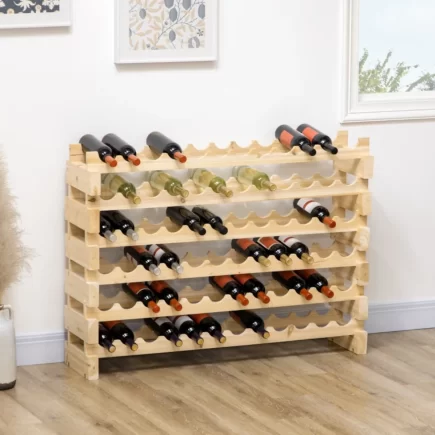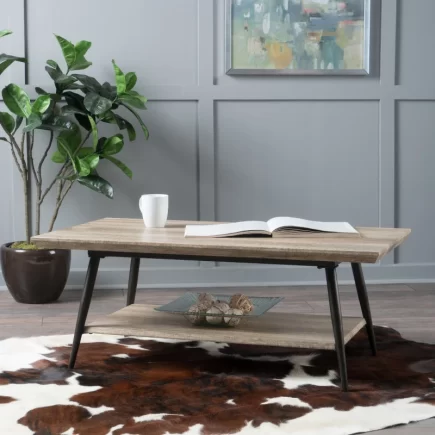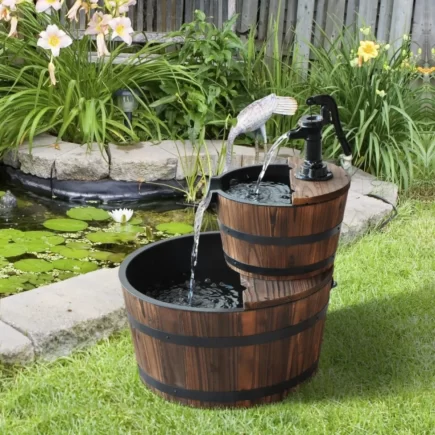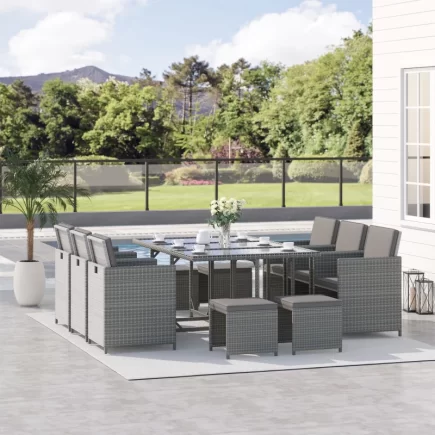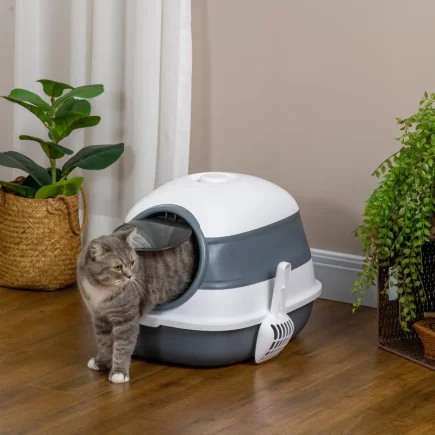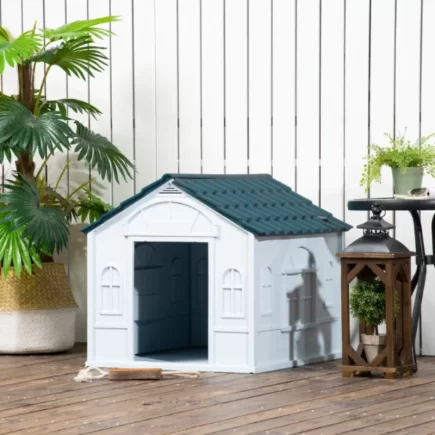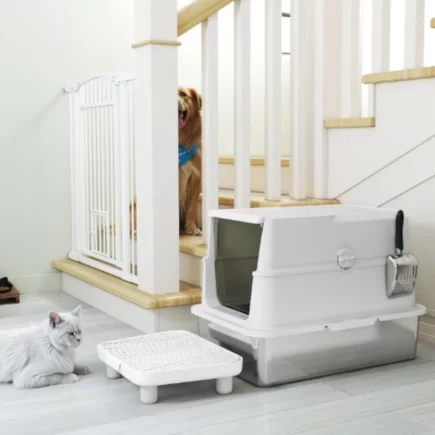Laundry isn’t optional. Whether you’re a single renter washing a few loads a week, a busy parent tackling mountains of kids’ clothes, or someone living in a small apartment without space for a bulky appliance, a washing machine makes life easier. But here’s the challenge, choosing the right washing machine isn’t always straightforward. Do you go with a traditional top-loader, a sleek front-loader, or a compact portable washer with a spin dryer combo?

Each option has its strengths, but only one will fit your space, lifestyle, and budget. This guide breaks it all down. From measuring your laundry area to understanding machine types, comparing features, and even looking at the details on portable combo models.
Step 1: Define Your Laundry Needs
The first thing to figure out is how much laundry you do and how often you do it. Your washer should match your lifestyle, not just look good in the store.
- Single person: A compact washer with a spin dryer is usually more than enough.
- Couple: A mid-size model works well without wasting energy.
- Family with kids:Go bigger. Between sports gear, bedding, and daily wear, you’ll need a larger capacity.
- Large household: A full-size, high-capacity machine will save you time with fewer loads.

User Tip: If you mostly wash smaller loads but want convenience, a portable washer and spin dryer combo is ideal, it saves water, energy, and floor space.
Step 2: Measure Your Space Before Buying
A washer is only useful if it fits. Too often, buyers get stuck when their machine doesn’t clear a doorway or leaves no room for hoses.
Before you buy, measure:
- Width and depth of the space where the washer will sit.
- Clearance for the lid or door to open fully.
- Hookup access and ventilation needs.
Average Washer Dimensions
| Washer Type | Width | Depth | Height |
| Portable | 17–24 in | 17–20 in | 30–36 in |
| Top-load | 27 in | 27–28 in | 42–44 in |
| Front-load | 27 in | 30–34 in | 38–39 in |

User Tip: If space is tight, a portable washer with wheels can be rolled out only when needed and tucked away in a closet after.
Step 3: Understand the Types of Washing Machines
Different households need different machines. Here are the main types you’ll come across:
Top-Load Washers
- Agitator models: Clean tough stains but are rougher on fabrics.
- Impeller models: Use less water and are gentler on clothes.
Pros: Faster cycles, affordable upfront, easy to add clothes mid-wash.
Cons: Use more water, not as energy-efficient.
Front-Load Washers
- Efficient with water and energy.
- Stackable with dryers, making them space-saving.
- Higher spin speeds extract more water, reducing drying time.
Pros: Gentle on clothes, modern features, very efficient.
Cons: Longer wash cycles, potential for mold around door seals.
Compact and Portable Washers
This is where your product shines. The portable washer with built-in spin dryer includes 8 built-in programs, Normal, Cotton, Gentle, Speed, Spin, Whites, Heavy Soil, and even a Tub Clean cycle. That’s impressive flexibility in a compact size.

Pros: Space-saving, lightweight, ideal for apartments or RVs.
Cons: Smaller capacity, better suited for singles or small families.
Step 4: Match Capacity to Your Household
Capacity determines how much you can wash in one cycle. Go too small, and you’ll run multiple loads. Go too big, and you’ll waste water.
Capacity Guide by Household Size
| Household | Capacity Range | Example Loads |
| 1 person | 1.5–2.0 cu. ft. | 2–3 outfits, towels |
| Couple | 2.0–3.5 cu. ft. | 5–7 outfits, pillowcases |
| Family of 4 | 3.5–4.5 cu. ft. | 12–16 outfits, small bedding |
| Family of 6 | 4.5–5.5+ cu. ft. | Large bedding, heavy loads |

Step 5: Check Power and Water Requirements
Don’t overlook this. Your washer needs to work with the connections you have.
It connects to a standard faucet and drains through a hose directly into a sink or tub. No plumber needed. It also runs on a standard 110–120V outlet, which means you can plug it in anywhere.

Step 6: Compare Features That Actually Matter
Modern washers come packed with options, but not every feature is worth paying for. Focus on the ones that truly make your laundry routine easier.
- Multiple wash programs: Choose a machine that offers versatile cycles such as Cotton, Gentle, Heavy Soil, Quick Wash, and even Tub Clean. These let you handle everything from everyday wear to tougher fabrics.
- Spin cycle performance: Higher spin speeds mean clothes come out with less moisture, cutting down drying time significantly.
- Child lock: A useful feature for families, preventing accidental button presses or cycle changes.
- Delay start: Lets you set the washer to run later, making it convenient to align laundry with your schedule.

User Tip: Don’t get distracted by flashy extras. Prioritize features that actually make your laundry easier.
Step 7: Consider Noise and Vibration Control
In small spaces, noise makes a big difference.
The washer here is designed with quiet operation in mind. Its compact drum and smaller load size reduce vibration, making it much less disruptive than a full-size washer in an apartment.
Step 8: Evaluate Reliability and Durability
Reliability means fewer breakdowns and a longer lifespan. Look for:
- Solid build quality (sturdy drum, quality controls).
- Warranty coverage.
- Simple maintenance features like the Tub Clean program included in the washer shown above.
Step 9: Balance Budget With Long-Term Value
It’s not just about the upfront price. Think about:
- Utility bill savings with efficient models.
- Time savings with faster spin cycles.
- The cost of repairs and durability.
Step 10: Portability and Convenience
This is the area where compact washers really win. Whether you’re in a dorm, apartment, or RV, portability means laundry doesn’t control your living space. You use it when you need it and store it when you don’t.

Step 11: Style and Design
Washer design isn’t just about buttons and screens, it’s about how the machine fits visually and physically into your space. In small apartments, a bulky or outdated-looking washer can dominate a room. Compact models with clean lines, neutral colors, and smooth finishes blend in more naturally with modern interiors.
Portable washers in particular offer a streamlined look, with lightweight builds that tuck neatly into closets or corners when not in use. Features like a see-through lid, stainless steel tub, rolling wheels, and dual water inlets not only improve function but also give the washer a modern, polished style.

Choosing the right Washing Machine comes down to one thing: fit. It’s not just about space, but about how the washer fits into your lifestyle, budget, and daily routine.
If you live in a small apartment, dorm, or RV, a portable washer with built-in spin dryer offers unmatched convenience. It connects easily, saves space, runs quietly, and still provides powerful wash programs.
For larger households, a full-size top-load or front-load washer may make more sense. But the good news is there’s a perfect washer out there for everyone, you just need to match it to your needs.
FAQs
1. How do I know if my floor can support a washing machine?
A washing machine needs a solid, level floor. If the floor is weak or uneven, the machine may shake, vibrate, or even get damaged over time. Reinforce the floor if needed and always check that it’s level before installation.
2. What’s the average installation time for a new washer?
For standard full-size washers, installation usually takes about 30–60 minutes if hookups are ready. Portable washers are quicker, they can be set up in under 10 minutes by connecting to a sink and plugging into a standard outlet.
3. Is it safe to use an extension cord with a washing machine?
It’s strongly discouraged. Washing machines draw significant power and should be plugged directly into a grounded wall outlet. Using an extension cord may overheat, trip breakers, or pose fire and shock hazards.

